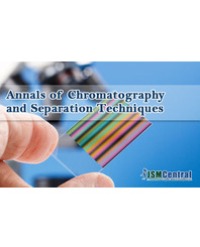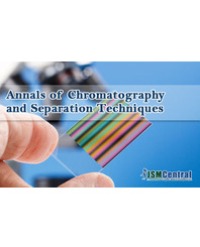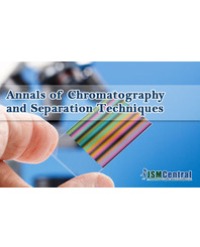
Investigation of Naturally Occurring Fumonisin B1 and Glycated Fumonisin B1 in Korean Feedstuffs
Mycotoxins are potentially dangerous contaminants of livestock feeds. In this study, we measured the levels of fumonisin B1 and glycated fumonisin B1 in feedstuffs and then investigated the ability of the extrusion heating regimen to convert the most prevalent mycotoxin contaminant, fumonisin B1 , to a less toxic glycated form. All feed samples were analyzed with fully validated methods. All measured concentrations of fumonisin B1 were below harmful thresholds, including European Union-recommended levels or US Food and Drug Administration action levels.
Because fumonisin B1 was highly contaminated mycotoxin in our present investigation and fumonisin B1 has been shown to be less toxic following Maillard type reaction with reducing sugar, we examined the formation of fumonisin B1 derivatives by Maillard reaction under extrusion process conditions. We employed a variety of tandem mass spectrometric methodologies to selectively detect fumonisin B1 derivatives and to elucidate their structures partially. We found that compounds of m/z 736 were more likely artifacts or side reaction products rather than glycation products. N-(carboxymethyl) fumonisin B1 of m/z 780 and other major glycation products of m/z 794 and 810 were not detected, and only negligible amounts of methylene fumonisin B1 was found in 10 extruded feed samples. Therefore, either the tested extrusion conditions did not induce fumonisin B1 glycation or the glycation products simply could not be detected by the method employed in this study.
Jongsung Ahn¹, Hyenjong Kim¹, and Kwang-Yeop Jahng²*




